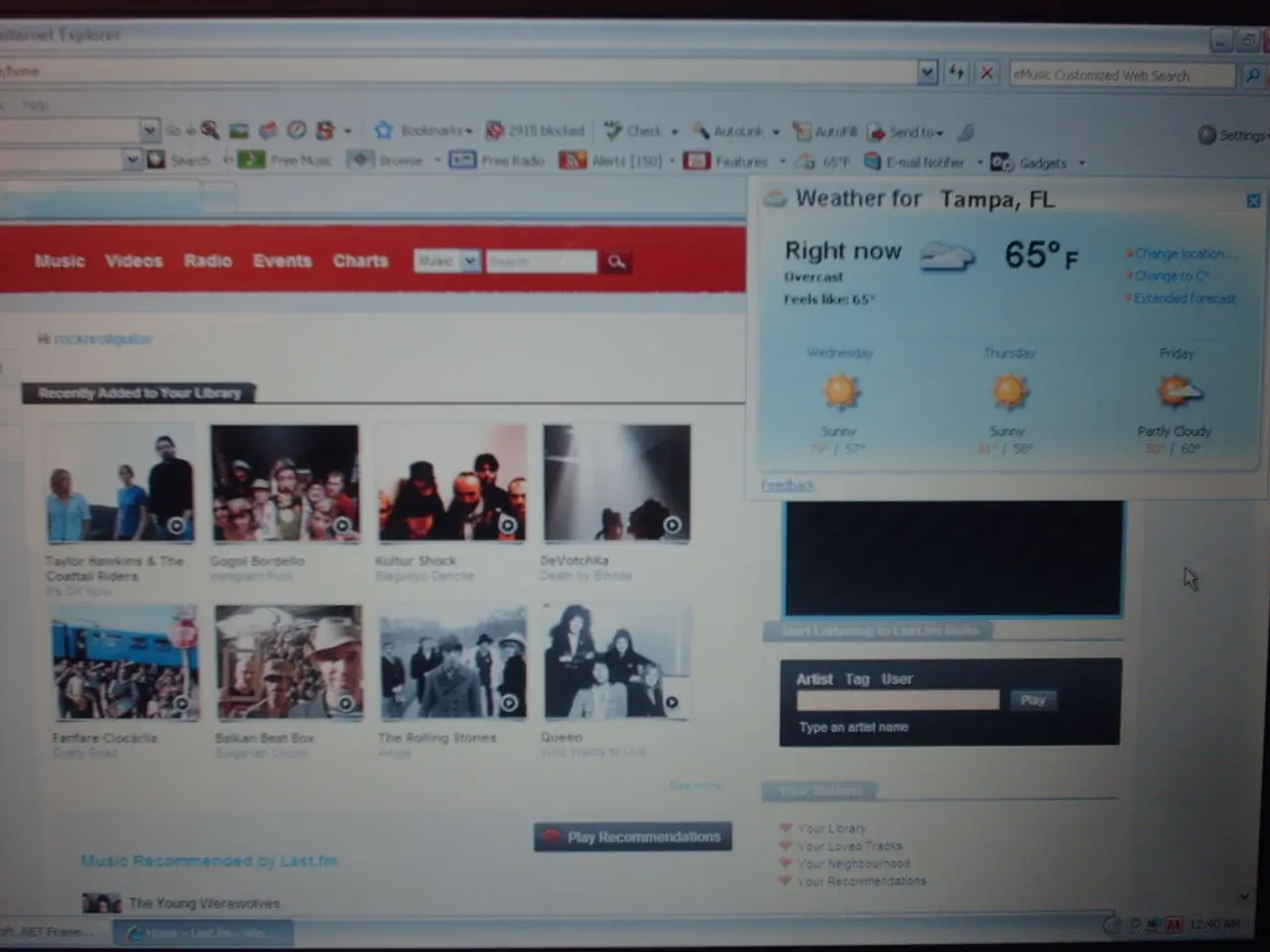Web Application versus Traditional Website: Clarifying the Distinctions
In the digital age, businesses seeking to establish an online presence have two primary options: website development and web application development. While both share common web technologies, they cater to distinct needs and offer unique benefits.
Website development is primarily focused on delivering static or informational content with a simpler layout and presentation. The user experience revolves around browsing and reading, making it an ideal choice for businesses aiming to showcase their products or services. Websites are publicly accessible without login and often stateless, prioritising fast delivery of real-time information.
On the other hand, web application development is geared towards building interactive, complex systems that require user input, data processing, and secure access management. Web applications provide dynamic, task-oriented functionality, such as user authentication, data processing, form submission, and real-time updates. They are essential for businesses where users need to manipulate information, such as online stores or web services acting as online tools.
The key differences between the two can be summarised from the perspectives of design, functionality, complexity, and access. In terms of design, websites are centred around delivering static content, while web applications are designed for interactive user experiences. Functionally, websites offer read-only content, whereas web applications provide dynamic, task-oriented functionality. Complexity-wise, websites are relatively simple, while web applications involve both frontend and backend development, integration with databases, APIs, and often multi-layered architecture. Access-wise, websites are publicly accessible, while web applications require user authentication for personalised content and privacy.
Web applications rely more heavily on backend technologies like PHP, Python, Java, or databases to manage interactive features. They demand continuous updates for security and functionality enhancements, due to their complexity. Examples of web applications include platforms like Gmail, online banking, and Google Docs, which allow users to perform tasks beyond just consuming information.
Websites can aid in branding efforts by setting the tone of the brand, aligning content with branding strategy, and serving as a constant reminder of brand guidelines. They can also provide customer support through FAQs, troubleshooting guidance, and automated online chat features.
When unsure about the best direction for a business, consulting an app development partner can help in designing and developing the best possible product. Modern web technologies have helped web developers create interactive news websites, and they can also help create dynamic websites that display different content to users depending on various factors.
In conclusion, businesses looking to share information and create social proof should consider website development. On the other hand, businesses requiring user interaction, data manipulation, and secure access management should opt for web application development. Both options offer unique advantages, and the choice depends on the specific needs and goals of the business.
- Mobile design and software development are crucial in creating user-friendly web applications,ensuring smooth navigation and interactive experiences for users on various devices.
- Augmented reality technology can be integrated into web applications, enhancing user experiences by overlaying digital information onto the real world, as seen in applications that offer virtual product previews or location-based services.
- UX (user experience) and UI (user interface) design are vital aspects of web application development, as they guide users through complex systems while maintaining a visually appealing and intuitive interface.
- Ecommerce businesses significantly benefit from web application development, as they require secure payment systems, inventory management, and user authentication features to facilitate seamless online transactions.
- With the advancement in technology, website development now allows for dynamic content, personalized user experiences, and even web applications that can display different content to users based on specific factors, expanding the potential of this 'traditional' platform.




